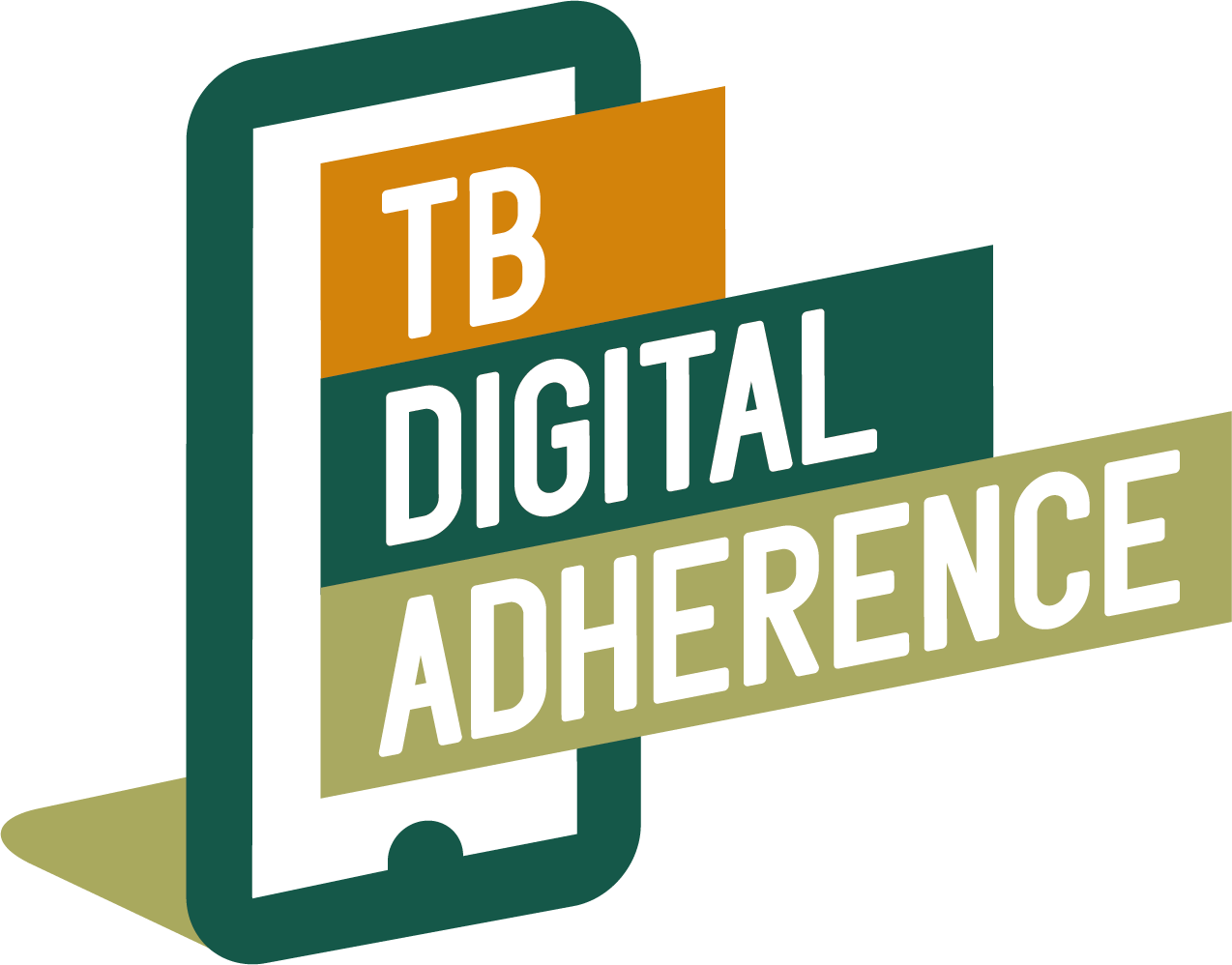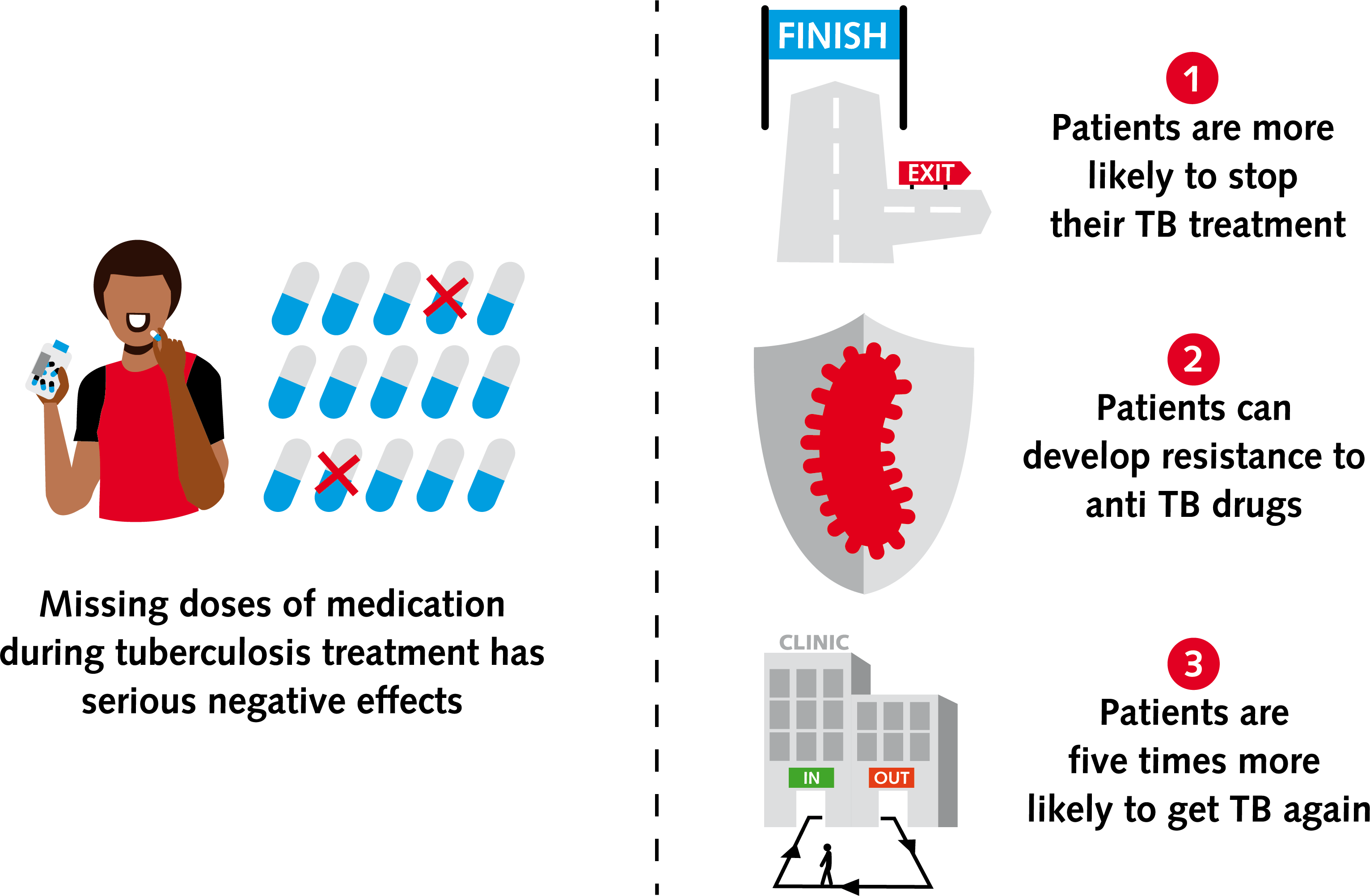Why DATs
leveraging technological & communication advancements as a tool to treat tb
Digital Adherence Technologies
The DAT Task Force
Tuberculosis (TB)
Tuberculosis continues to be one of the world’s deadliest diseases, yet with appropriate treatment it can be cured in almost all cases.
However, this requires a long treatment regimen, ranging from 6 to 24 months. Due to the side effects of TB medication, it is often hard for the person affected by TB to complete their treatment. This presents multiple problems in curing TB worldwide, including the person affected by TB getting ill again; a higher risk of developing drug-resistant tuberculosis; as well as infecting other individuals.
In the successful fight against TB, it is important for healthcare providers to follow and support the patient journey as well as identify and prioritize patients who require more support in completing the TB treatment.
Since the advent of COVID-19, tuberculosis treatment and adherence monitoring are presented with more obstacles caused by limited clinic visits, lockdowns, travel restrictions, etc. for both patients and healthcare workers.
DATs to support TB treatment
Digital Adherence Technologies (DATs) are digital tools that utilize mobile phone, computer, web-based and/or electronic sensor technology to support the capture of detailed, daily, patient-specific adherence information.
These technologies such as medication sleeves/labels, smart pill box or video supported treatment (VST), can help to support people affected by TB with their treatment in a modern and effective way. They may help empower TB affected individuals and their families to take their daily medication at a time and place that suits them best.
DATs offer the opportunity for a more patient-centered care model; the opportunity for an efficient healthcare system; and they can support healthcare providers when treating people affected by TB.
During the COVID-19 pandemic, DAT interventions can be a valuable tool in TB treatment as they overcome some of the obstacles caused by limited clinic visits, lockdowns, travel restrictions, etc. for both patients and healthcare workers. DATs offer the opportunity for healthcare providers to follow and support the patient during treatment and identify patients who need additional assistance.
Potential Benefits of Digital adherence technologies

Patient can choose the most suitable time to take medication within their daily routine.

Patient can be prompted by text message to take certain action (e.g., medication reminder).

Patient can receive individualized treatment information or support.

Healthcare providers can access their patient’s real-time medication adherence information through the DAT platform.

The adherence platform can send healthcare providers automated alerts and reports about patients, prompting action.

Helps healthcare providers identify patients who need more support and shape the most suitable treatment response.
Technologies
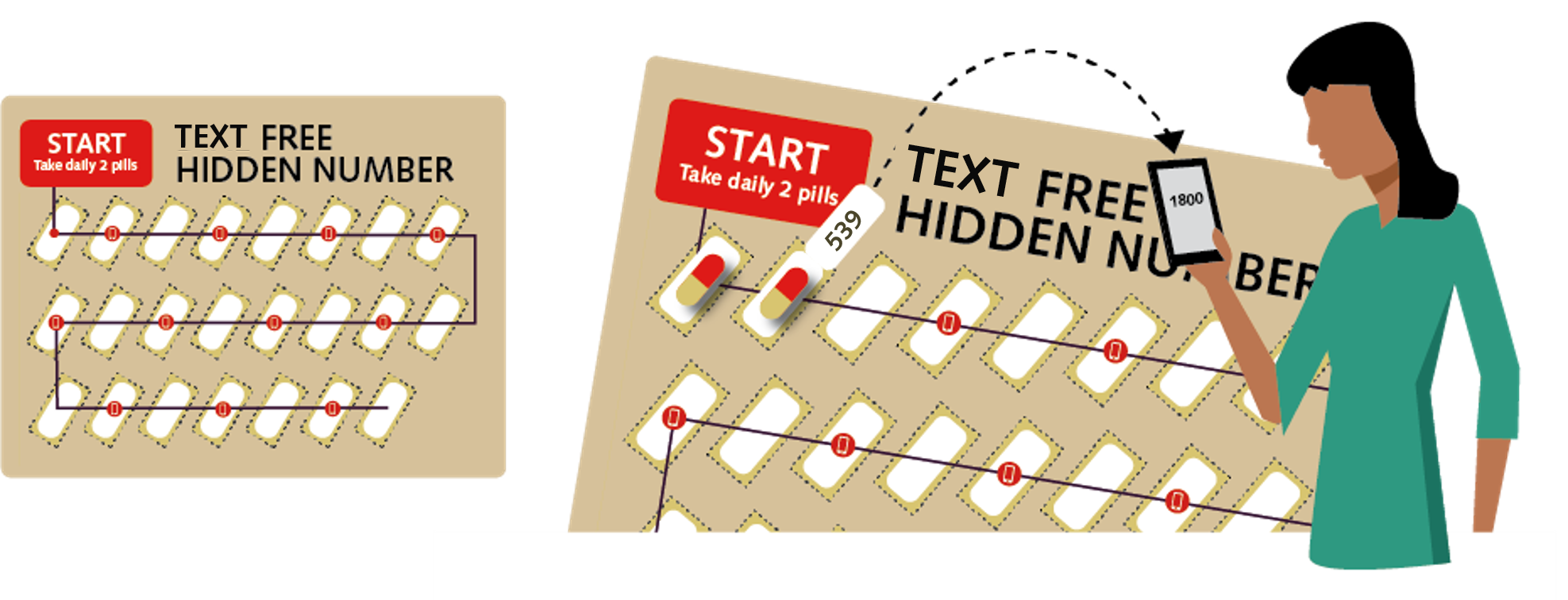
Medication Sleeves / Labels (99DOTS)
The user receives their medication in customized packaging such as special sleeves or labels.
Each day, the user makes a toll-free call or texts a code to log their daily dose.
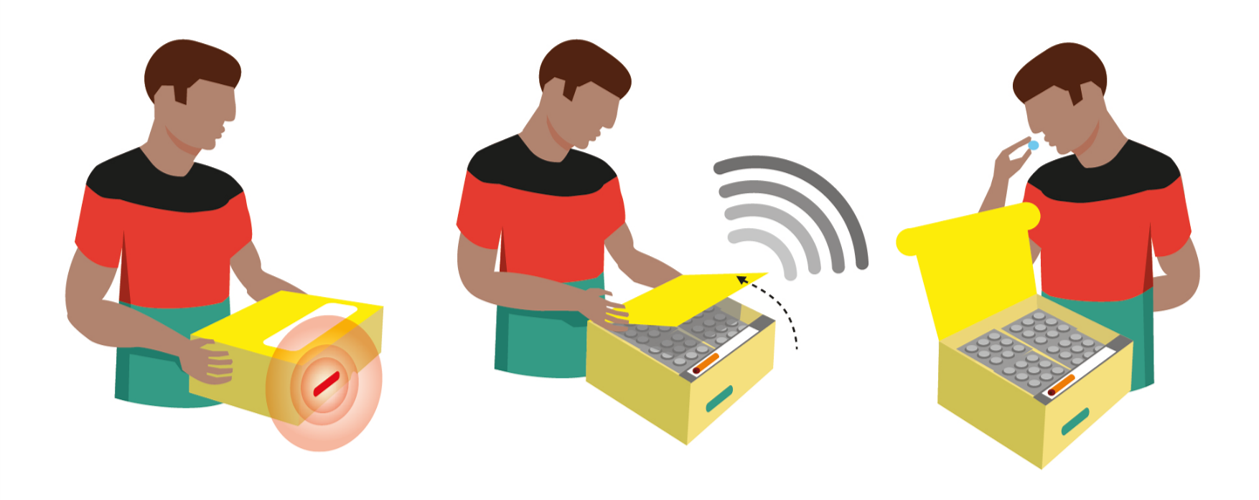
Smart Pill Box
The user receives a specially designed box to store and organize their medication.
Each day, when the user opens the box to take medication, an embedded device sends a signal to automatically log their daily dose.
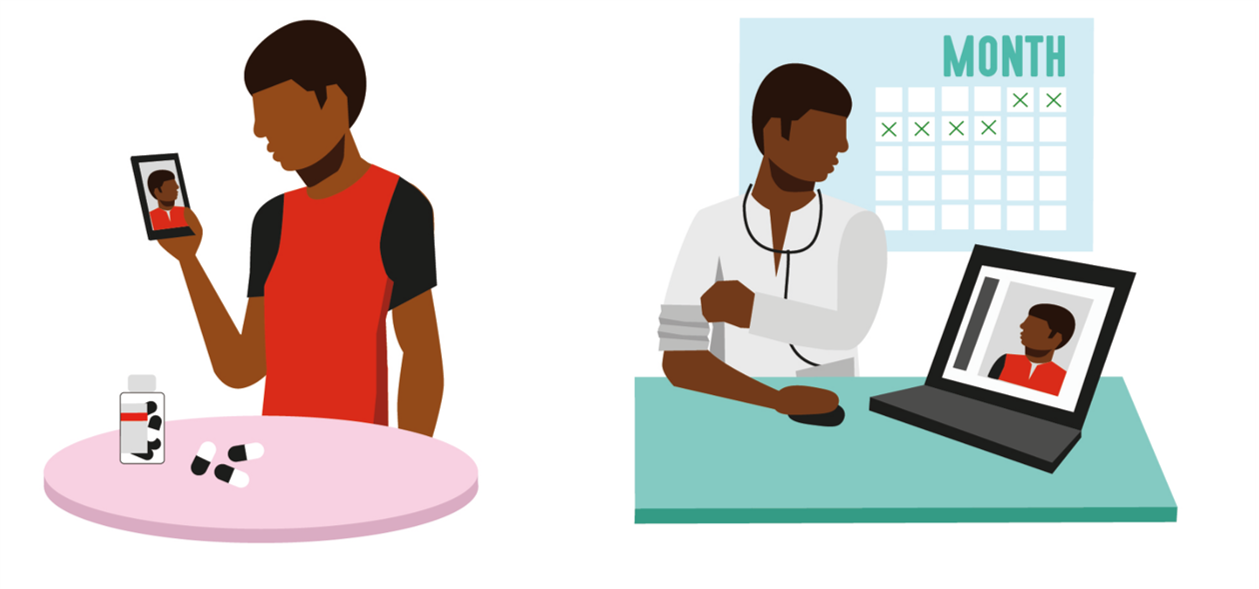
Video Supported Treatment
The user records a video using a secured app on their mobile phone during medication intake. After completion, the video is sent to the health care provider for review.
Request Free Sample & Demo
Technologies
Digital Adherence Technologies used as a support in TB treatment programmes.
Implement
A phased approach to implement Digital Adherence Technologies within your context.
Countries
An overview of countries implementing Digital Adherence Technologies.
Resources
Access an array of resources used for DAT implementation.
Global DAT Task Force
Global partners and stakeholders from multiple organizations, sharing the common goal of seeing a world where tuberculosis is no longer prevalent.
